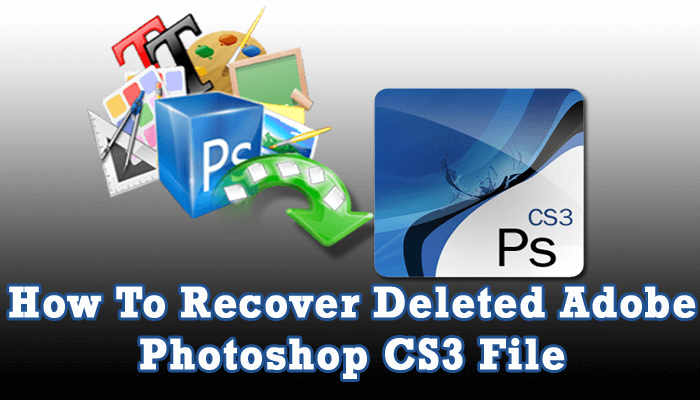



#ADOBE CS3 PHOTOSHOP PC#
The test PC system had an Nvidia GeForce 8 SLI series graphics card.Ĭompared with Photoshop CS2, CS3 performed only marginally better. Files were rendered on fast 300-Gbyte SAS hard drives working through an Adaptec RAID card. Photoshop worked well on an Intel quad-core system with 2 GB of memory. Core cloning and healing capabilities are also available in Photoshop CS3’s dedicated Vanishing Point dialog, which has been updated and no longer requires defined planes to be at 90 degrees to each other.After examining the suites, the CRN Test Center found marginal improvements on some development tools and were disappointed by the performance of its major design tools, Photoshop and Illustrator. You can control size and angle settings to transform the source as you paint, while the Screen Overlay option displays a semi-transparent version onscreen, so the whole process is more controlled and predictable. There’s also a new Black and White adjustment that lets you control the strength of individual colours during the conversion to greyscale, and provides an option to add a tint to produce sepia-style effects.įor hands-on retouching, new functionality arrives in the form of the Clone Source palette, which lets you set up and quickly swap between up to five clone sources for the Clone Stamp and Healing Brush tools. A noticeable advance here is the core Curves dialog, which offers access to presets, a larger display with integrated histogram and the simultaneous display of multiple colour channels. Adobe’s new Lightroom offers even more power, but Camera Raw shares the same processing engine and isn’t far behind.Īfter the Camera Raw environment, Photoshop’s own colour-correction capabilities seem underpowered and over-fussy, but they remain central.

This provides a host of centralised power, including adjustment sliders for Highlight Recovery, Fill Light and Colour Vibrance, options for Split Toning, integrated clipping preview and even hands-on red-eye removal, spot healing and cloning retouch tools. More importantly, it lets you take advantage of the excellent Camera Raw environment for dedicated image enhancement. Obviously, this doesn’t magically turn the JPEG into a real RAW file, but it does mean any initial colour corrections are non-destructive. With increased support for a wider range of native camera formats (over 150), as well as for Adobe’s own open and universal DNG (Digital Negative) standard, the new Camera Raw will be of interest to more people than ever. Most importantly, Bridge CS3 acts as a natural portal to the latest version of the Adobe Camera Raw Photoshop plug-in, designed for non-destructively processing the raw sensor data captured by high-end cameras. Alongside acting as a front end for finding and opening images, Bridge CS3 provides access to a range of Photoshop features such as the ability to merge multiple bracketed exposures into a single 32-bit high dynamic range image – a capability enhanced in this latest release with automatic image alignment and richer results.
#ADOBE CS3 PHOTOSHOP FULL#
The new system is a massive improvement but immediately familiar – excellent.Īs well as benefiting from the new shared CS3 interface, Photoshop CS3 takes full advantage of the new shared media management provided by Bridge CS3. Advanced features, which Photoshop CS3 takes full advantage of, include the ability to swap the toolbar between one- and two-column layouts, to set up multiple dockers side-by-side, the option to indicate those palettes available in collapsed dockers as either icons or text, and the ability to quickly open and re-shut individual palettes. This dual approach means all power is easily accessible, while the interface remains streamlined and focused.
#ADOBE CS3 PHOTOSHOP WINDOWS#
What makes the new working environment so successful is that Adobe has taken the existing system of floating palettes and incorporated them into a system of docker windows that can be neatly docked to either side of the screen and collapsed or expanded as needed. To begin with, it sports the new interface shared by all the main CS3 applications, and this time Adobe has got it absolutely right.


 0 kommentar(er)
0 kommentar(er)
